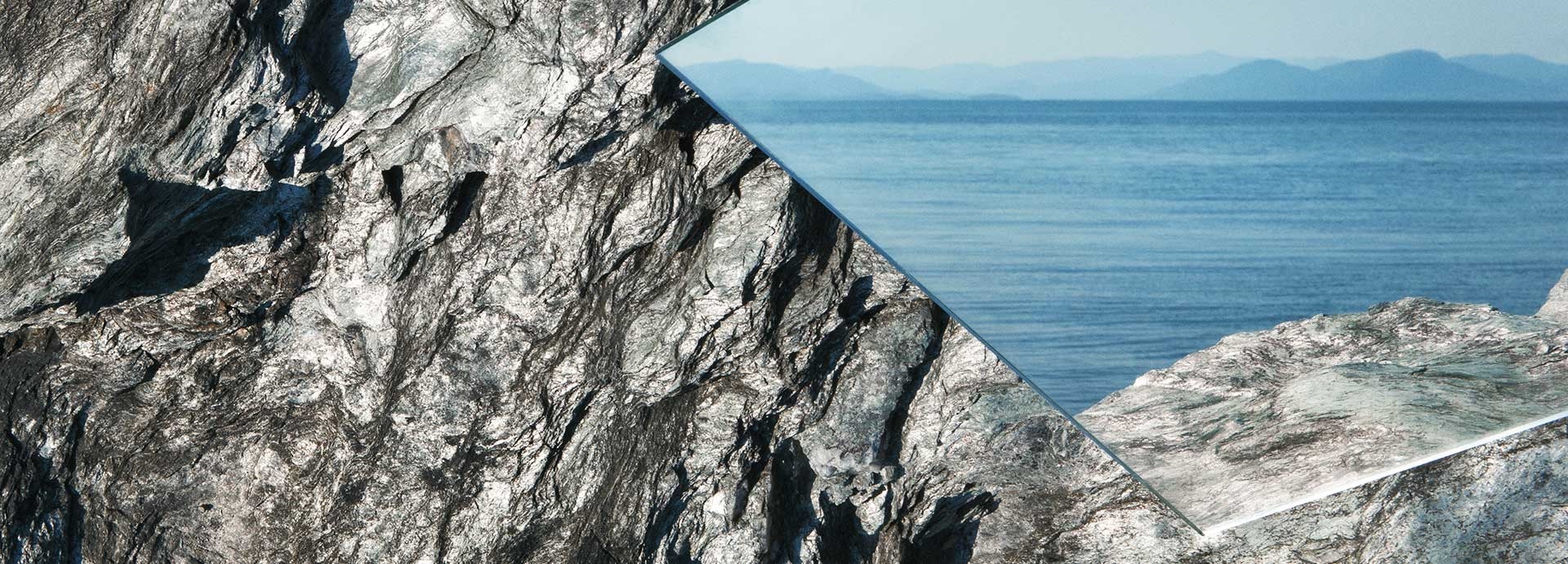

5801 results
A compressor dedicated to the starting process of an engine.
A mode that a power plant employs to cope with excess power demands. Generators will be ready to start and connect to the grid within minutes to keep supply in line with demand, when the demand decreases the generators will ramp down and return to standby mode.
British Standard Wire Gauge is a unit for denoting wire size given by BS 3737:1964 (now withdrawn).
A standard cubic foot (scf) is a unit used both in the natural gas industry to represent an amount of natural gas and in other industries where other gases are used.
Standard temperature and pressure are standard sets of conditions for experimental measurements to be established to allow comparisons to be made between different sets of data.
The standard atmosphere (atm) is a unit of pressure defined as 101325 Pa (1.01325 bar).
The standard atmosphere (symbol: atm) is a unit of pressure defined as 101325 Pa (1.01325 bar).
A stand-alone power system also known as remote area power supply, is an off-the-grid electricity system for locations that are not fitted with an electricity distribution system.
A rectifier is an electrical device that converts alternating current, which periodically reverses direction, to direct current, which flows in only one direction.
Power conversion from AC to DC.
A recommended exposure limit is an occupational exposure limit that has been recommended by the United States National Institute for Occupational Safety and Health.
In electric power distribution, automatic circuit reclosers are a class of switchgear which is designed for use on overhead electricity distribution networks to detect and interrupt momentary faults.
Reciprocating pumps move the fluid using one or more oscillating pistons, plungers, or membranes (diaphragms), while valves restrict fluid motion to the desired direction.
A engine, also often known as a piston engine, is typically a heat engine that uses one or more reciprocating pistons to convert pressure into a rotating motion.
A rechargeable battery, storage battery, or secondary cell, is a type of electrical battery which can be charged, discharged into a load, and recharged many times, as opposed to a disposable or primary battery, which is supplied fully charged and discarded after use
A reagent is a substance or compound added to a system to cause a chemical reaction, or added to test if a reaction occurs.
Reactor-grade plutonium is the isotopic grade of plutonium that is found in spent nuclear fuel after the uranium-235 primary fuel that a nuclear power reactor uses has burnt up.
This structure is attached to the top of the reactor vessel body.
The reactor vessel body is the largest component and is designed to contain the fuel assembly, coolant, and fittings to support coolant flow and support structures.
The reactor vessel is the first layer of shielding around the nuclear fuel and usually is designed to trap most of the radiation released during a nuclear reaction.